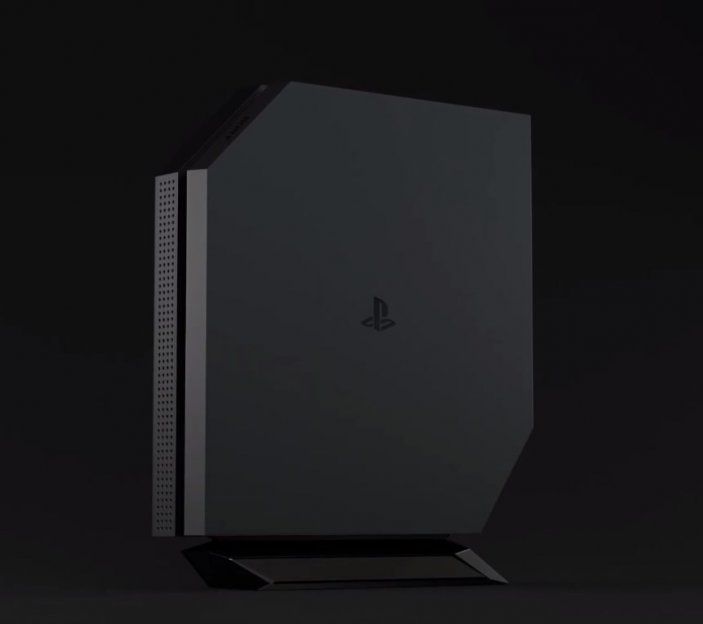Almost everything about PS5 is just speculation and rumour, but inevitably there is a wish to learn more about the next generation. We don’t even know if the system is calling PlayStation 5, but the leaks pass every week. Whether they’re true or not, we don’t know yet, but it’s always interesting to see how they talk about Sony’s future.
In addition, its front seems to have small holes that can be drilled, and just above that the slot for the disc seems to be together with the power button, although this console is supposed to improve the streaming of video games. The back has, as usual, different connectors: USB, HDMI, and other gaps for different connections for which there is no more information. It also seems that it would have a bracket to put the console in a vertical position.
This time the final design of the highly anticipated console could have been filtered out. The rumour is spread by an alleged Sony Europe employee who, while remaining anonymous, has published a few images that seem to show PS5 in all its glory. The source adds that these designs were recently presented to Jim Ryan, Sony, and that the tycoon would have chosen the model we show you.
For instance, the most powerful version of Xbox Scarlett, provisionally known as Xbox Anaconda, would be a model designed to play optimally in 4K resolutions while maintaining 60 FPS, while the less powerful version, which responds to the name Xbox Lockhart, would perform graphically much lower, placing it as an option aimed at moving games to 1080p while maintaining 60 FPS without any problems.
Of course, there’s nothing confirmed about these pictures, but in any case it’s curious to see how the community is waiting for the new PlayStation. We’ve seen hundreds of fan-made designs of the system, it’s an interesting exercise of fantasy, but it doesn’t have to match reality. As I said, we don’t even have a confirmation that the console is called PS5.
We assumed that Xbox Scarlett and PS5 would maintain the base of the previous consoles, i.e. the x86 architecture and the unified memory system under a single bus, but we had doubts about the components that Microsoft and Sony would choose to promote both consoles.
